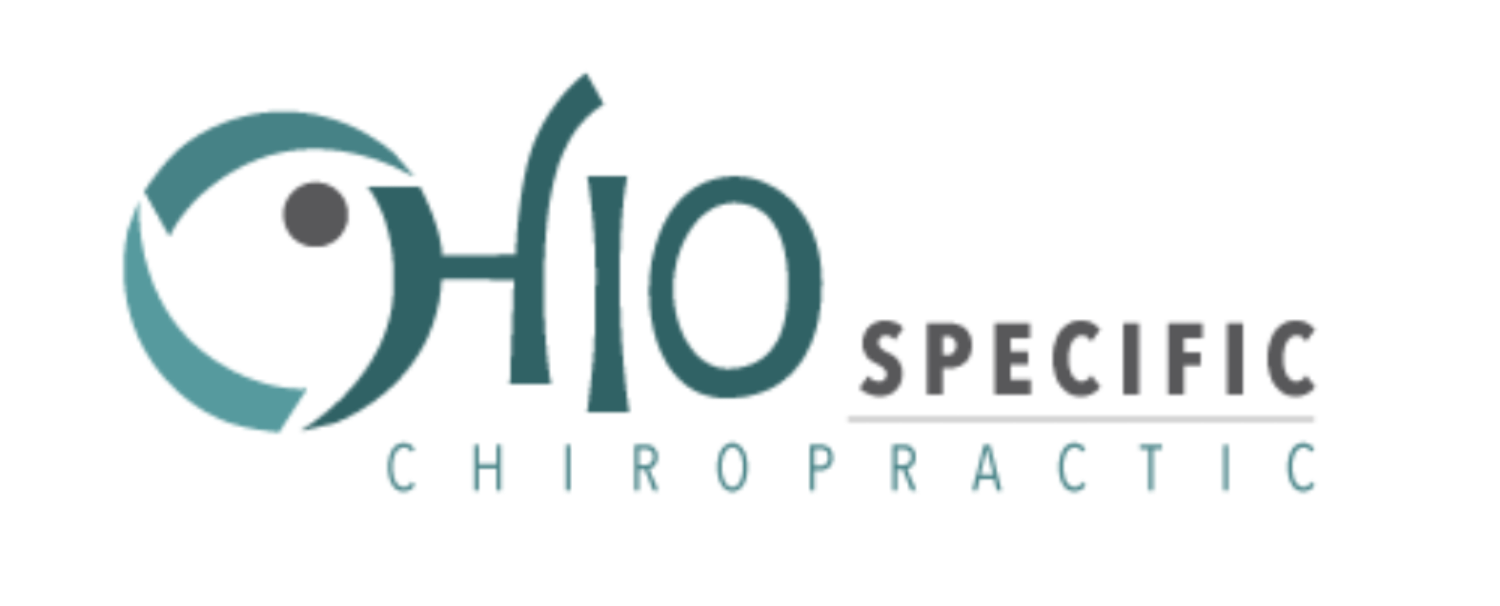Headaches and the Upper Cervical Spine
In the upper cervical spine, there are four main structures to focus on. They are:
The Foramen Magnum of the Occipital bone
The Atlas vertebra (1st cervical bone)
The Axis vertebra (2nd cervical bone)
The Brainstem of the Nerve System.
The Brainstem exits from the Foramen Magnum. The Atlas and Axis bones protect and surround the Brainstem. The brainstem connects all the nerves from the brain to the nerves of the body.
Regarding headaches, the secondary focus is on four specific nerves. Those nerves are:
The C1 spinal nerve
The C2 spinal nerve,
The Spinal Accessory nerve
The Vagus nerve.
The C1 spinal nerve leaves the brainstem between the occiput and atlas. This nerve supplies neck muscles, muscles of the scalp, and the middle and inner ear.
The C2 nerve leaves the brainstem between the atlas and axis bones. It supplies the head, sinuses and eyes.
The Spinal Accessory nerve comes out of the skull next to the foramen magnum. It supplies the large muscles of the neck and shoulders.
The Vagus nerve leaves the skull with the Spinal Accessory nerve. It supplies neck arteries, the heart, the lungs, and parts of the GI System.
The Nerve System in general does four main things:
It controls all the movements we make
Senses everything we feel
Regulates all our body organs
Relates us to the outside world
When nerves get stressed, it effects their sensitivity, perception and behavior. There are three types of stresses we deal with in life. The stresses are physical, chemical and emotional in nature. These stresses create nerve tension and spine imbalance.
One specific job of the brainstem is to adapt these stresses and help bring the spine back into balance. If the stresses are too great for the brainstem to adapt, compensations arise. One particular compensation that occurs in the upper cervical spine is a vertebral subluxation.
A vertebral subluxation will cause the Atlas and Axis bones to get locked in a misaligned position. This lock will perpetuate spine imbalance and Nerve System tension. This tension will lead to abnormal sensitivity, perception and behavior of the brainstem and connecting nerves. Nerve System function is disrupted.
Over time, this disruption can lead to symptoms. The usual symptoms of a headache are:
Aching or throbbing head
Neck pain
Tight shoulders
Sensitivity to light and sound
Face pressure
Nausea or stomach discomfort
Increased blood pressure.







